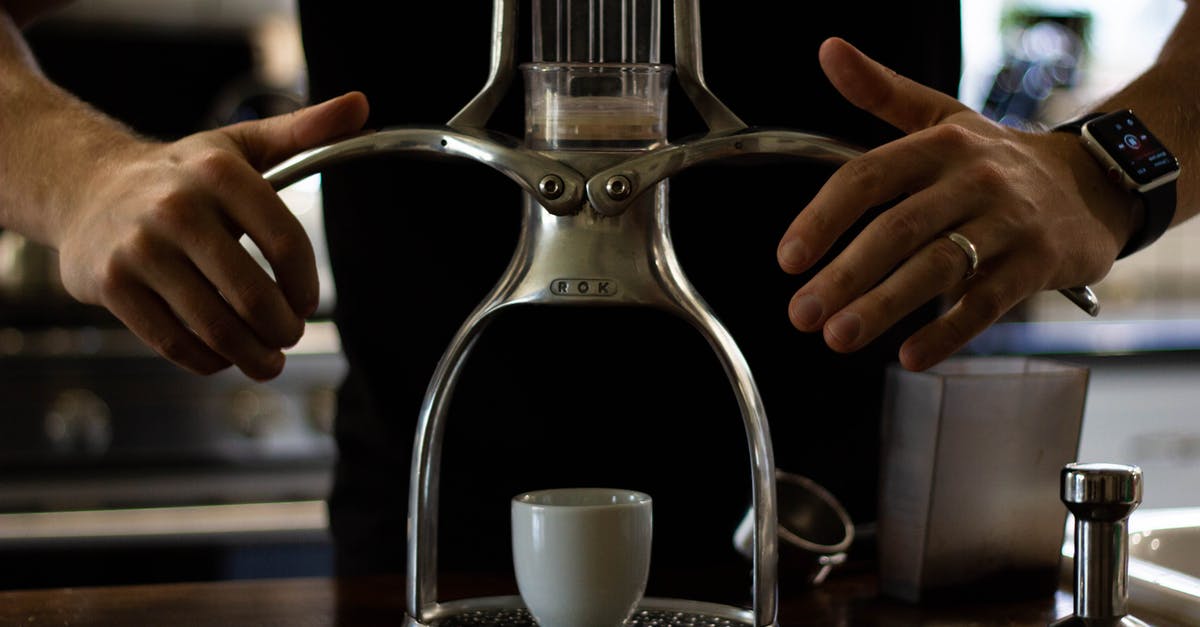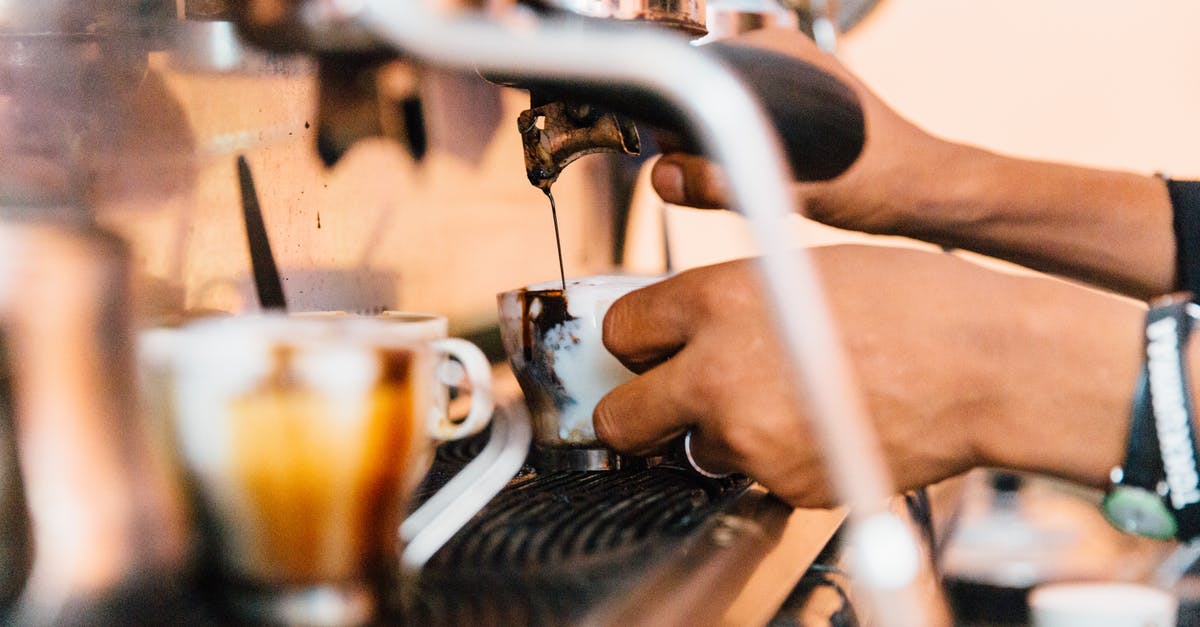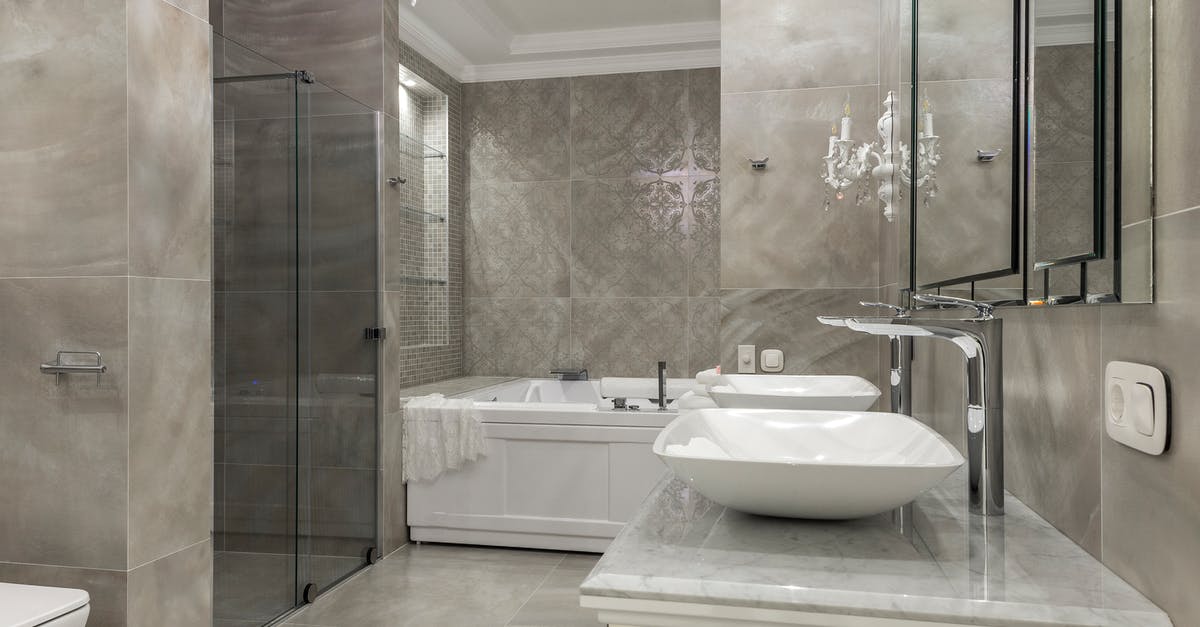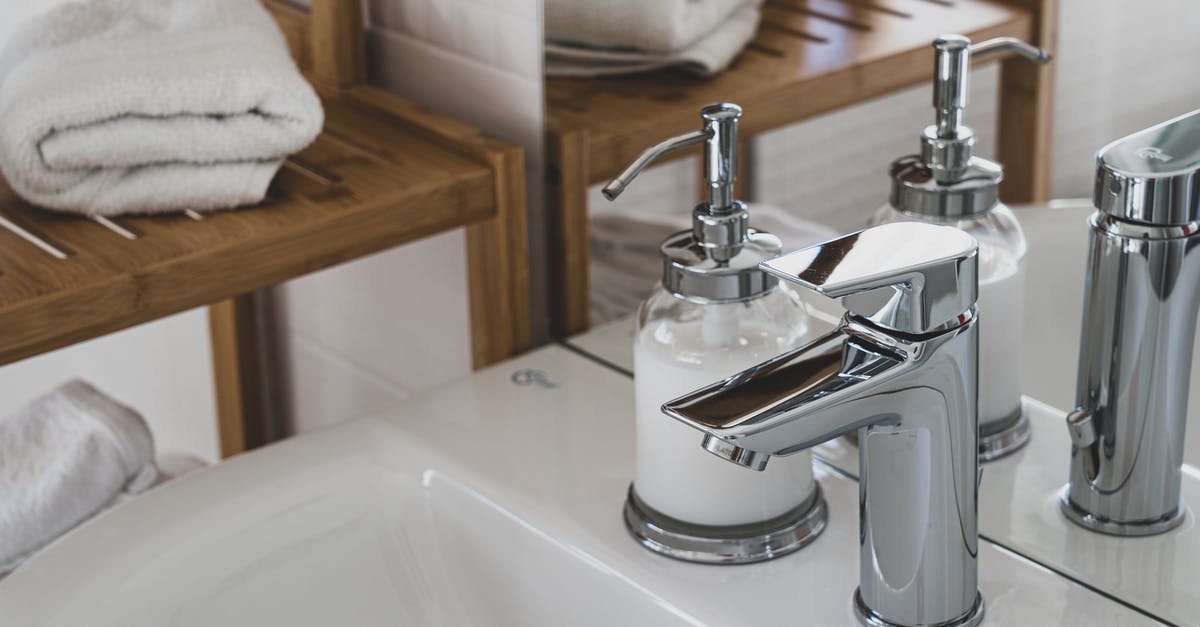How do I properly use a ceramic honing steel?

I have a set of Global knives and I went ahead and ordered their G-45 ceramic honing steel as well.
I cannot find a good picture of it, but the rubber piece on this steel has a flat edge. I want to make sure I am not honing my knife improperly. If I were to rest my knife against this flat edge and then press lightly and move downwards, would that ensure that I am honing at the proper angle?
Best Answer
Your link has directions for use: "To properly hone the knife, hold it at a 20-degree angle and draw the blade across the steel. Never stroke the same side of blade more than once in succession."
In general, ceramic rods are more forgiving than the grooved steel ones -- which, in my opinion, should be avoided on good knives. (But that's another discussion.)
The primary purpose of a honing rod (of whatever composition) is to straighten the edge, not "sharpen" it. Polished smooth steel rods are useful for that purpose, but many people have found that ceramic rods have enough abrasiveness to smooth the edge very slightly while also straightening it. (They are also useful for deburring after sharpening with a stone.)
Generally speaking, you'll want to use your ceramic rod at a slightly wider angle than the edge of the knife. Global knives probably have a steeper angle on their edges than, say, traditional German knives: they're probably something like 15 degrees, so the recommended 20 degrees in your link instructions is probably about right, though slightly wide. If you don't know how big 20 degrees is, look at a protractor. With a honing ceramic, you're not going to ruin your edge with a few light strokes, so try your best to maintain that 20-ish degree angle in just a few long strokes alternating sides. (Do NOT do like the chefs do on TV with a grooved steel and rapidly stroke the blade dozens of times -- it's probably better to do a touch-up with a ceramic rod with just a few slow even light strokes on each side periodically as needed. You should be able to feel the difference in the edge.)
If you know what you're doing and are sharpening your knives yourself, you may find on Globals that a slightly steeper angle (e.g., 15-18 degrees) for honing gives better results in terms of maintaining the edge longer between sharpenings by keeping a more consistent bevel. But it really depends on your maintenance schedule, angle you use to sharpen, and how hard you use your knives.
If you are inexperienced with honing knives in general, though, I'd highly recommend just talking to someone who knows what they are doing. It's nearly impossible to describe good technique briefly in writing.
Pictures about "How do I properly use a ceramic honing steel?"



How do you use a ceramic honing rod?
Ceramic steels (which should maybe be called ceramics, not steels) are capable of rubbing off a teeny-tiny amount of metal from your knives as you hone them, which you can immediately see as gray streaks on the white ceramic rod. This means that they have a slight sharpening effect.How to Hone Kitchen Knives - How to use a Honing Steel or Ceramic Honing Rod
Sources: Stack Exchange - This article follows the attribution requirements of Stack Exchange and is licensed under CC BY-SA 3.0.
Images: John Zook, Kelly L, Max Vakhtbovych, Castorly Stock
